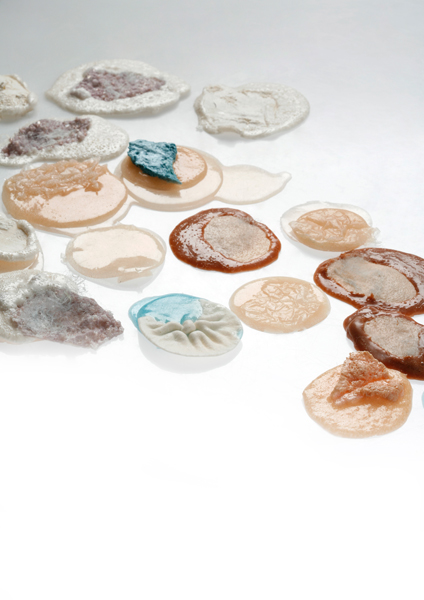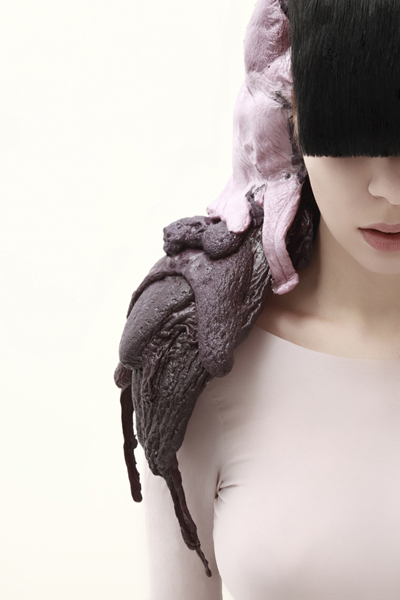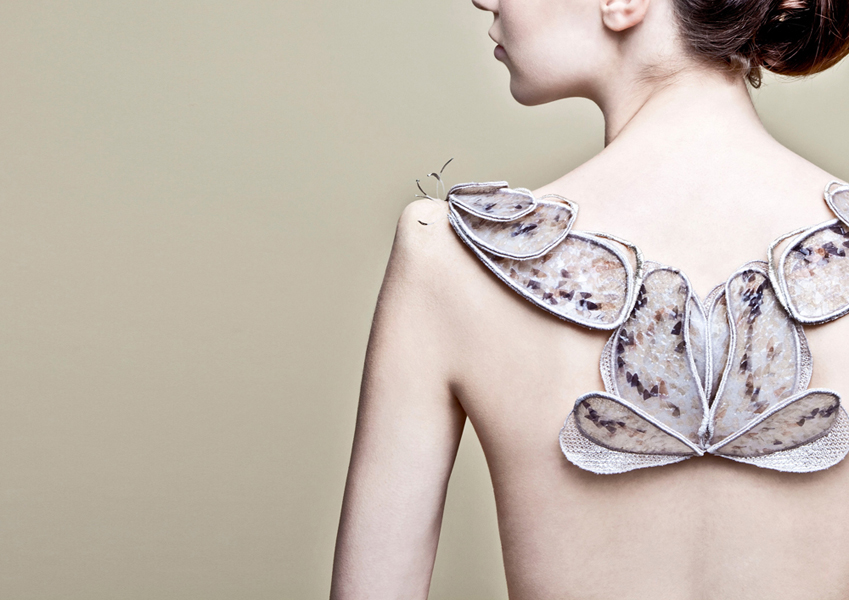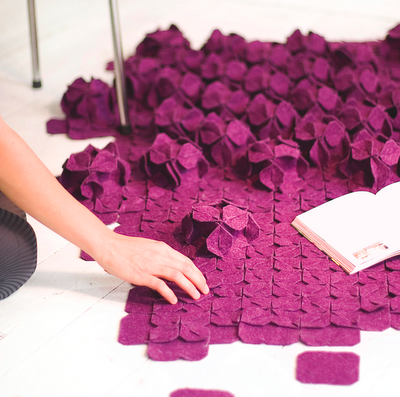Here are some examples of where textiles and architecture meet.
Elizabeth Delf creates structural forms that can be worn on the body or displayed as installation. This got me thinking about the relationship between structural form and the body.
Kvadrat Clouds is a three-dimentional textile tile concept designed by Ronan and Ervan Bouroullec. As a product for your home, no two are the same as the client aranges the piece however they want. I am interested in geometric forms and how they fit together. This is something I would like to explore when experimenting with materials. Interiors is a possible context for me to explore as an outcome.
Ernesto Netto is an contemporary installation artist who creates pieces inspired by organic forms. This is something I would like to explore as I am interested in structures in nature and how they have inspired design.
 |
| Elizabeth Delfs |
 |
| Kvadrat Clouds |
 |
| Ernesto Netto |














